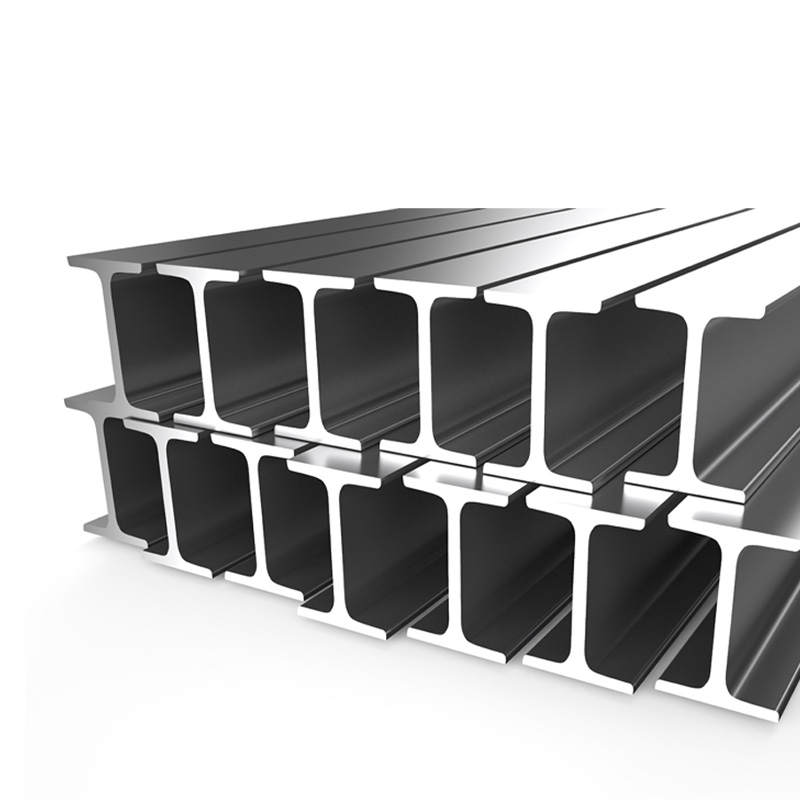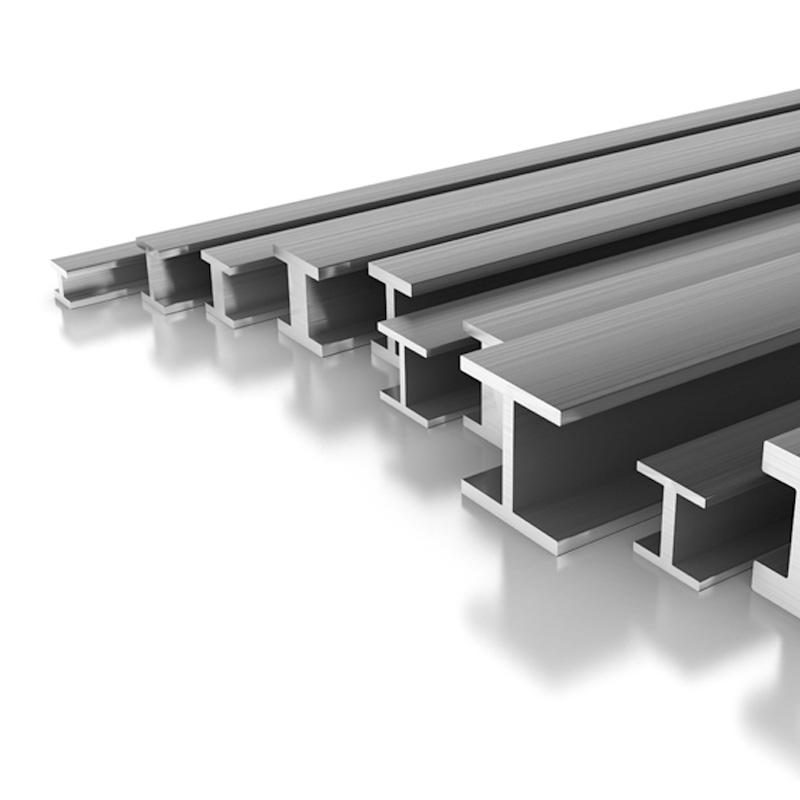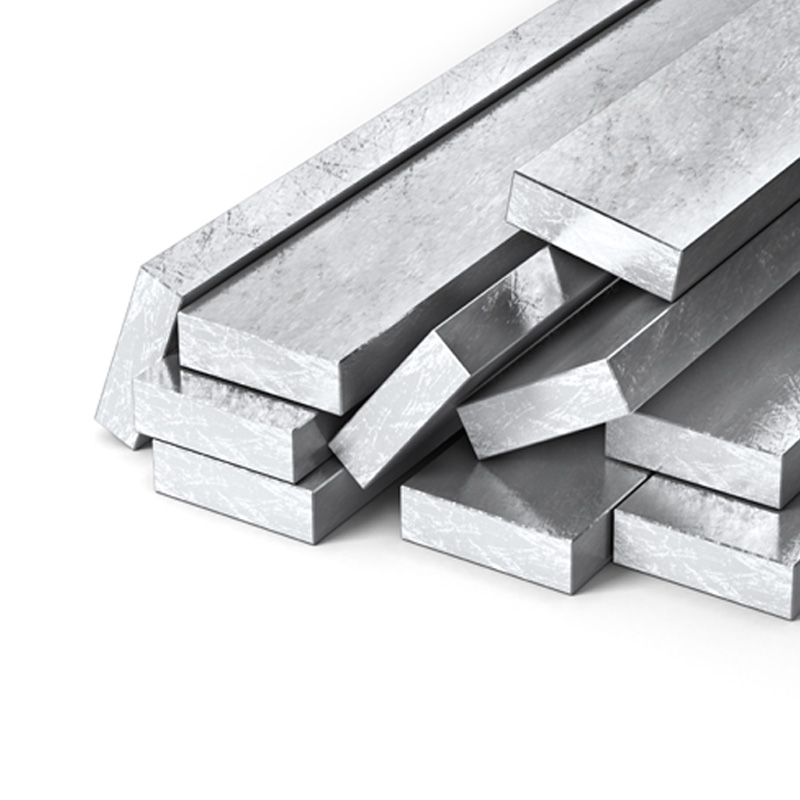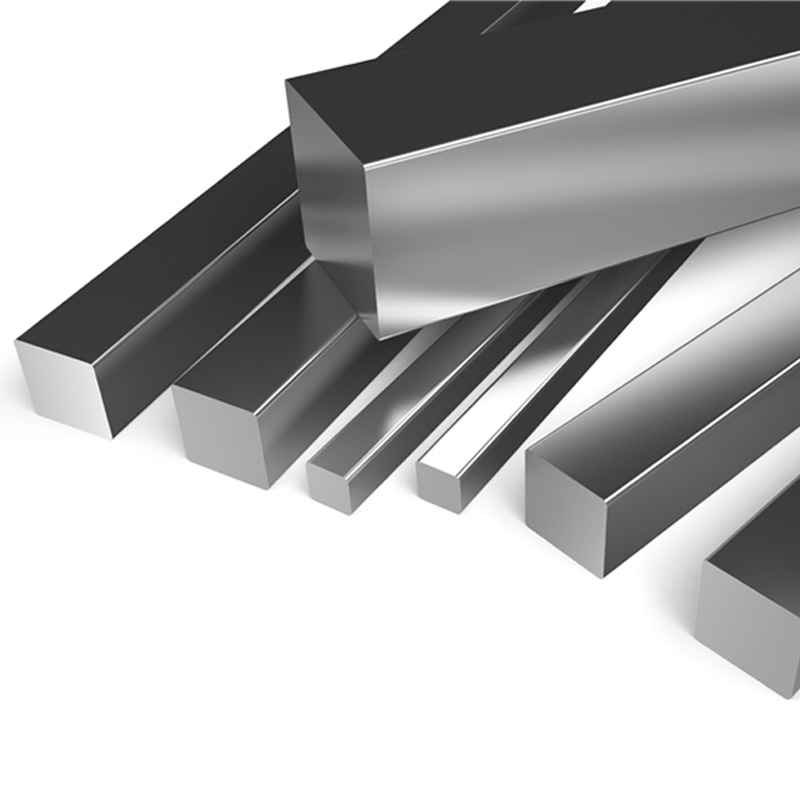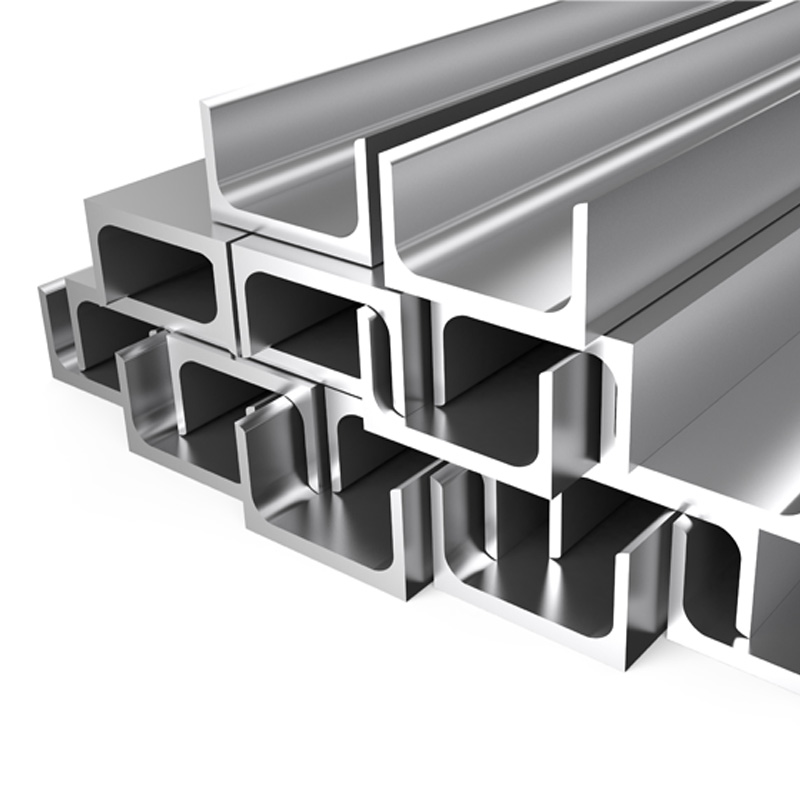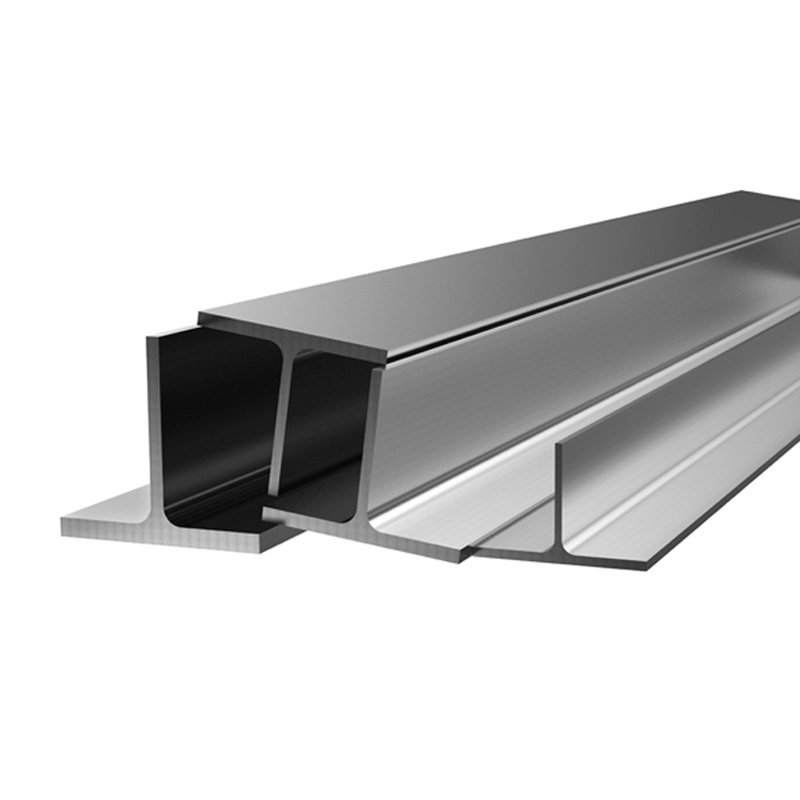NPI beams are known as high-quality and durable materials in the construction industry. These beams are used to enhance safety, especially in the load-bearing systems of structures. Thanks to their high strength, NPI beams are resistant to harsh weather conditions and prolonged use. They are preferred in construction projects to ensure safety and longevity.
NPI iron is a material classified among high-strength steel profiles and is typically produced in an "I profile" shape. The naming is derived from the English phrase "Normal Profile Iron." NPI iron consists of two parallel flanges and a web connecting them. This design maximizes strength and is highly preferred in structural systems. NPI iron dimensions vary depending on the application area and are produced according to international standards.
NPI iron production occurs through the shaping and profiling of steel. The basic production stages are as follows:
Raw Material Supply: High-quality raw material, typically mild carbon steel, is used in NPI iron production.
Heat Treatment: The steel is initially heated to a specific temperature. This process allows the material to be easily shaped.
Rolling: The high-temperature steel is passed through specially designed rolling machines to form NPI profiles. At this stage, production is done according to NPI iron dimensions.
Cooling: The shaped profiles are cooled in a controlled manner. This helps optimize the mechanical properties.
Cutting and Packaging: NPI iron profiles cut to standard dimensions are packaged for transportation and storage.
In Which Sectors is NPI Steel Used?
NPI steel finds a wide range of applications across various sectors. Here are the main areas where this material is used:
Construction Sector: It is widely used in critical structures such as columns, beams, and support systems in buildings.
Industry and Factories: Preferred for warehouse shelves and factory equipment that require the carrying of heavy loads.
Energy and Infrastructure Projects: Used in bridges, power plants, and large infrastructure projects where durability is crucial.
Machinery Manufacturing: Used as a supporting structural element in various machines.
What are the Chemical and Mechanical Properties of NPI Steel?
The chemical and mechanical properties of NPI steel determine its durability and versatility.
Chemical Properties
Carbon Content: Usually ranges between 0.15% and 0.30%.
Manganese: Enhances strength and ranges between 0.30% and 1.50%.
Phosphorus and Sulfur: Kept at low levels, generally below 0.05%.
Mechanical Properties
Strength: Has high strength, with tensile strength ranging from 400-600 MPa.
Modulus of Elasticity: Approximately 200 GPa.
Impact Resistance: Highly resistant to impacts due to its shape and structure.
NPI steel dimensions are optimized according to the application areas to suit mechanical properties.
What Standards and Certifications are Applied in NPI Steel Production?
In NPI steel production, international standards and certifications are of great importance. These standards ensure product quality and safety:
ISO 9001: Necessary for quality management systems and ensures the standardization of production processes.
EN 10025: Regulates the mechanical and chemical properties of structural steels.
CE Certification: Indicates that products sold in the European Union comply with certain safety and environmental requirements.
TSE (Turkish Standards Institute): A mandatory quality standard for products sold in the Turkish market.
Advantages of NPI Steel in Construction Projects
NPI steel plays a critical role in construction projects and offers many advantages. These advantages include:
Durability and Strength
NPI steel has a high load-carrying capacity, making it a preferred choice, especially in large structures and projects like bridges that require high load-bearing.
Long Lifespan
Resistant to rust and environmental conditions, NPI steel offers a long-lasting material. This reduces maintenance costs, providing economic benefits to projects.
Easy Installation
Produced in standard sizes, NPI steel speeds up the installation process and reduces labor costs. Additionally, it is notable for its suitability for welding processes.
Flexibility
NPI steel comes in different sizes and shapes, offering solutions suitable for all structural and design needs.
Economic Advantage
Due to its durability and longevity, NPI steel stands out as an economic choice in the long run.
How Are NPI Profile Sizes and Shapes Determined?
The dimensions of NPI steel are determined according to their intended use. Manufacturers produce NPI profiles in different sizes and shapes in compliance with international standards. Some factors considered in determining NPI steel dimensions include:
Project Requirements
The loads that the structures will bear and other technical requirements of the project are fundamental in determining the dimensions of NPI steel. For example, larger and heavier NPI profiles are preferred in large industrial buildings.
Standards
NPI steel dimensions are usually produced following international standards like DIN or EN, ensuring consistent dimensions and tolerances.
Production Techniques
NPI profiles are generally produced from hot-rolled steel. The technology used in the production process allows for precise control over the shape and dimensions of the steel.
Customer Requests
In some cases, custom-sized NPI steel can be produced specifically for the project, offering more flexibility and customization options.
Application Areas of NPI Steel in Different Industries
Beyond the construction sector, NPI steel is used in many industries. Here are some areas where NPI steel stands out:
Construction and Building Sector
NPI steel is used in large construction projects like bridges, skyscrapers, and industrial facilities. Its strong load-carrying capacity provides a critical advantage in such projects.
Automotive Industry
NPI steel is preferred in vehicle chassis and platforms carrying heavy loads, as it offers both durability and lightness.
Energy Sector
Used in the construction of electric poles, wind turbines, and energy transmission lines, NPI steel is a preferred choice due to its durability and longevity.
Storage and Racking Systems
NPI steel is preferred in heavy-duty racking systems. Its stable structure and large load-carrying capacity make it an ideal solution for the logistics sector.
Shipbuilding and Marine
Used in structural elements of ships and port equipment, NPI steel stands out for its durability against harsh marine conditions.
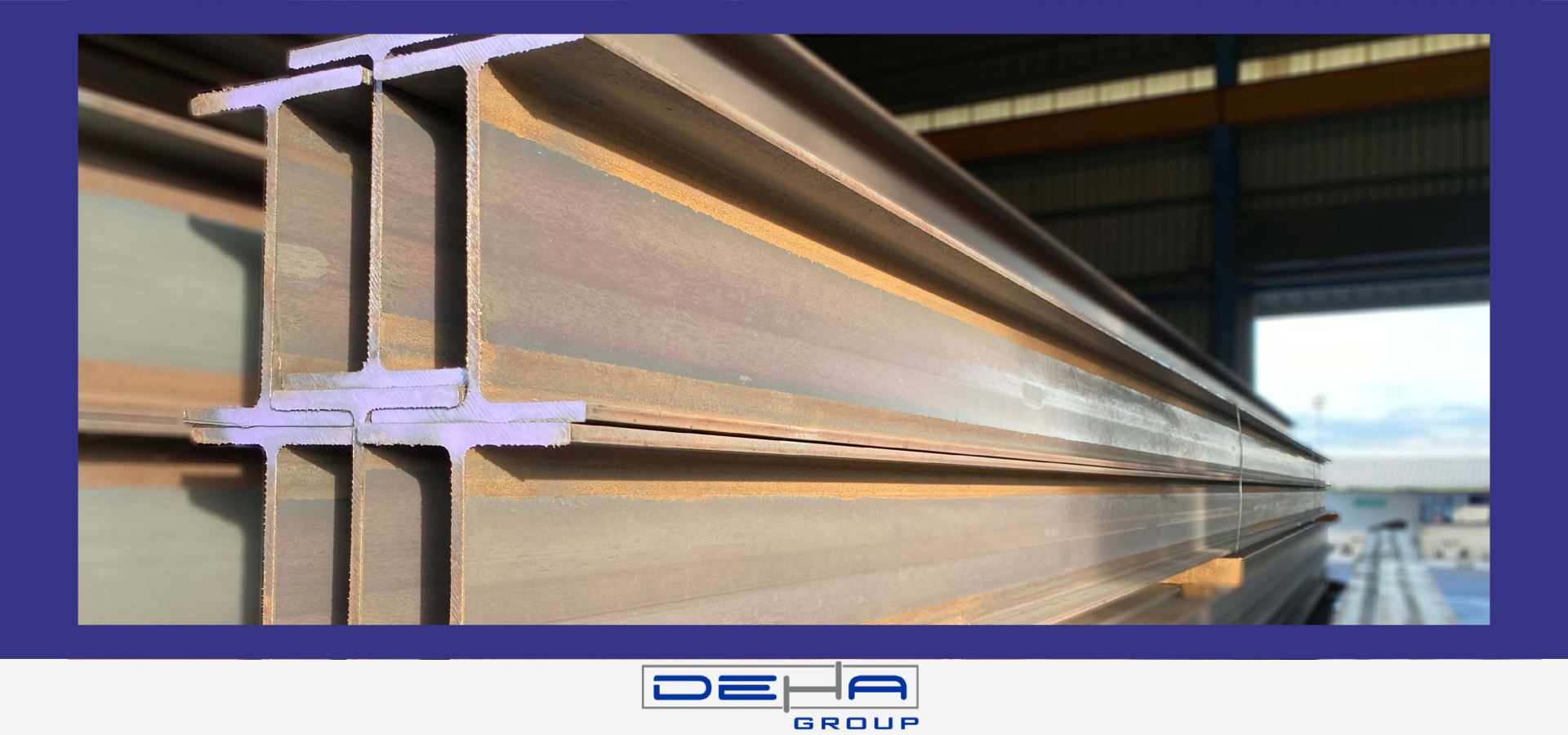
Differences Between NPI Steel and T Profile Steels
NPI steel and T profile steels have the following differences:
Shape and Structure:
NPI Steel: NPI is in the shape of an I profile, consisting of a horizontal base and two vertical sides. These types of profiles generally have a higher load-carrying capacity and durability.
T Profile Steel: T profiles have a horizontal line at the top and a single vertical wing underneath, forming a T shape. These profiles are generally used in lightweight structural applications.
Usage Areas:
NPI Steel: Predominantly used in the construction sector for large and strong structures like bridge construction and steel constructions.
T Profile Steel: T profile steels are usually used in smaller structures, support elements, or various machines.
Load Carrying Capacity:
NPI Steel: NPI steels have a larger load-carrying capacity due to their wider and more durable structure.
T Profile Steel: T profiles are lighter and generally have a lower load-carrying capacity.
Weight and Cost:
NPI Steel: These types of steel are generally heavier and more expensive.
T Profile Steel: Lighter and generally more economical.
These differences allow both profiles to be suitable for different construction and engineering projects.
Strategies for Achieving Cost Efficiency in NPI Steel Use
The following strategies can be applied to achieve cost efficiency in the use of NPI steel:
Proper Planning
Determining the appropriate dimensions of NPI steel for the project prevents material waste, reducing costs and ensuring efficient use of resources.
Bulk Purchasing
In large projects, purchasing NPI steel in bulk is an effective strategy to lower unit costs.
Working with Local Suppliers
Procurement from local suppliers can minimize logistics costs by reducing transportation costs from long distances.
Recycling and Reuse
Recycling NPI steel obtained from old projects can significantly reduce costs.
Long-Term Performance Assessment
Using more durable and long-lasting NPI steel reduces maintenance and repair costs, decreasing the total cost.
NPI steel is an indispensable material in many areas, from construction projects to the energy sector, due to its strong structure, durability, and flexible usage features. Being producible in different sizes and shapes allows for customization according to project needs. Compared to other types of steel profiles, NPI steel stands out, particularly for its durability and long-term cost advantages. By implementing the right strategies, it offers great value both economically and performance-wise.

 TR
TR

